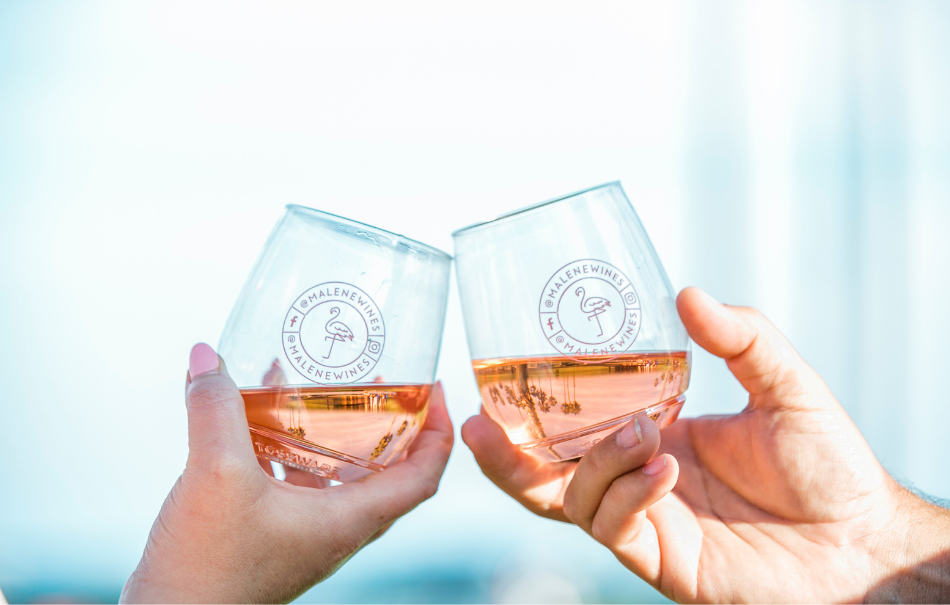Rosé, which means “pink” in French, has become increasingly popular in recent years, and for good reason. Its captivating color and versatile, easy-sipping style make it a natural companion for today’s casual entertaining and varied cuisines. Like white and red wines, rosé is considered a category of wine, and can be made from a number of different grape varietals. With rosés, primarily red grapes are used, although some, like Malene Rosé and many of the rosés of Provence, are also blended with a small percentage of white grapes for flavor and complexity.
Rosés are made in nearly every country and region that makes wine. And naturally, each region tends to use the red grape varietals most commonly grown there. In some countries, such as France, there are laws governing what varietals can be used in rosé. Other areas, particularly in the New World, are more flexible.
Following are some of the world’s most notable rosé-producing countries and regions along with the grape varietals used most frequently. Note: this is not an exhaustive list!
Provence (southern France): Grenache, Mourvedre, Cinsault, Carignan, Rolle
Tavel (southern Rhone): Grenache, Cinsault, Carignan, Mourvedre, Syrah
Loire : Cabernet Franc, Pinot Noir
Grenache, Tempranillo, Graciano, Cabernet Sauvignon, Merlot, Carignan
Sangiovese, Pinot Grigio
Grenache, Mourvedre, Carignan, Cinsault, Rolle/Vermentino
Pinot Noir, Syrah, Zinfandel, Cabernet Sauvignon
Like all red wines, rosés get their color from grape skins. The difference with rosé is that early on in the winemaking process, before fermentation begins, the juice is separated – or pressed off – the skins, so that less color seeps into the wine. Generally speaking, the longer the juice is allowed to stay in contact with the skins, the darker the wine will be.
There are numerous styles of rosé, and a whole spectrum of colors. Generalizations can be tricky, though its often true that warmer climate rosés are dark pink, full-bodied and fruit-driven, while cool climate Rosés are more apt to be light pink in color, medium-bodied and crisply textured. But these variations can also come about because of different vinification techniques.
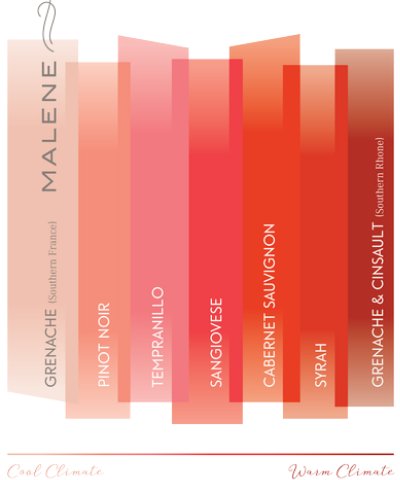
Direct Pressing or Direct to Press: This is the same technique that is used when making a fine white wine. The freshly-harvested red grapes are either crushed and quickly pressed off the skins or sent directly to the press as whole clusters. Direct pressing results in a beautiful pale-pink color since the juice is separated from the grape skins so quickly. This is the method used with Malene Rosé and most frequently in Provence.
Maceration (also known as Saignée, Bleeding, or Cap and Drain): With this technique the red grapes are crushed and separated from the stems and then placed in a tank. As the skins separate from the juice they rise to the top, forming a cap. A red wine producer would re-submerge the cap to extract more color, but a rosé producer opens a valve at the bottom of the tank and a portion of the pink juice is pumped into another vessel for fermentation. At times this method is used to make the red wine that remains in the tank darker and more robust.
Combining red and white wines: This method is somewhat uncommon, but there are a few winemaking regions where rosé wines are created by blending red and white wines together to make a pink-hued wine.
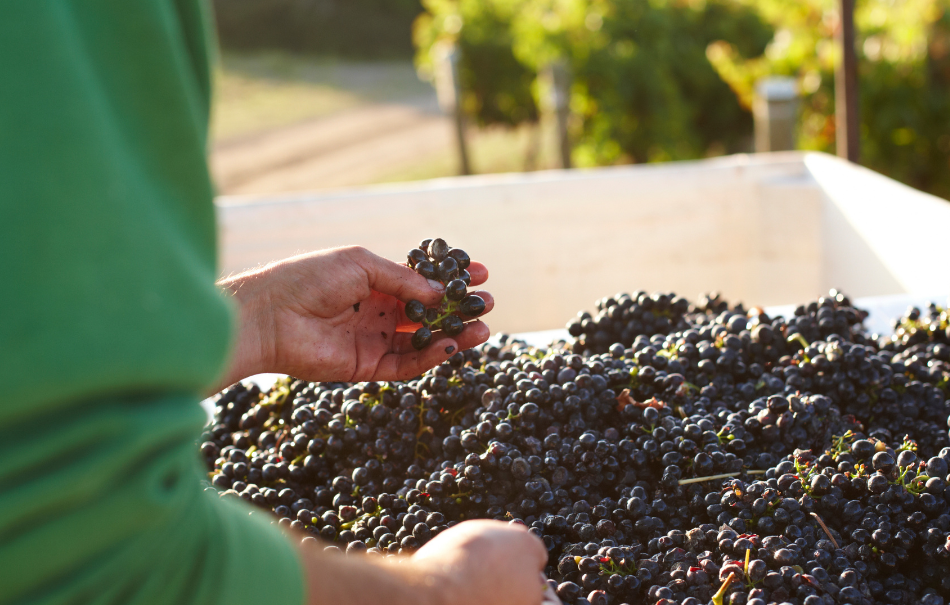
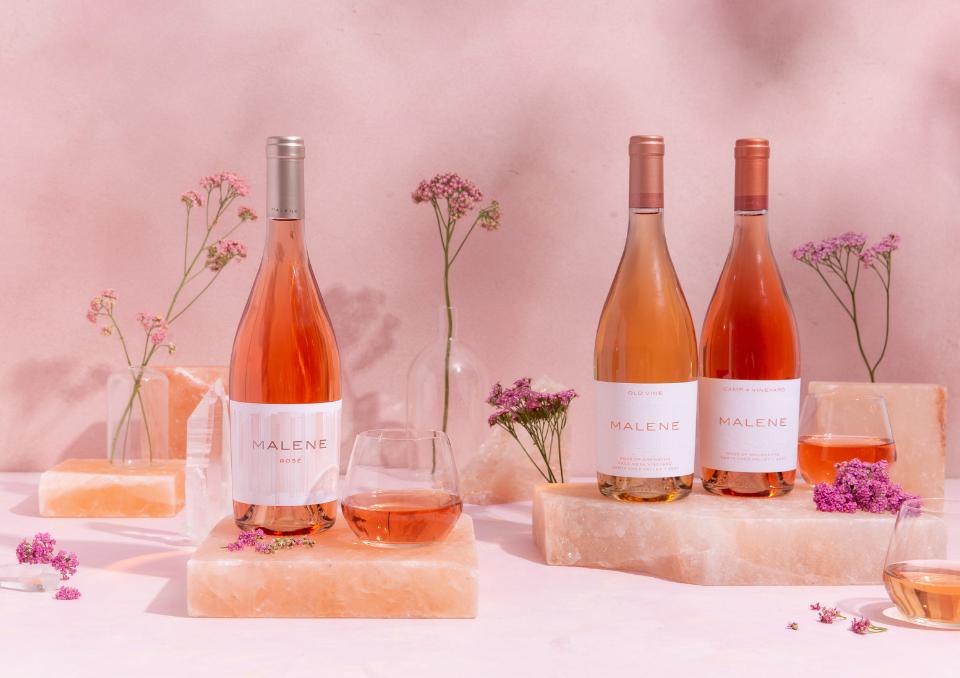
Rosé wines come in a spectrum of colors, from pale pink or salmon to hues of rosy red. The differences can be attributed to a variety of factors: the varietals used, the climate in which they’re grown, and the winemaking techniques used to vinify the wines.
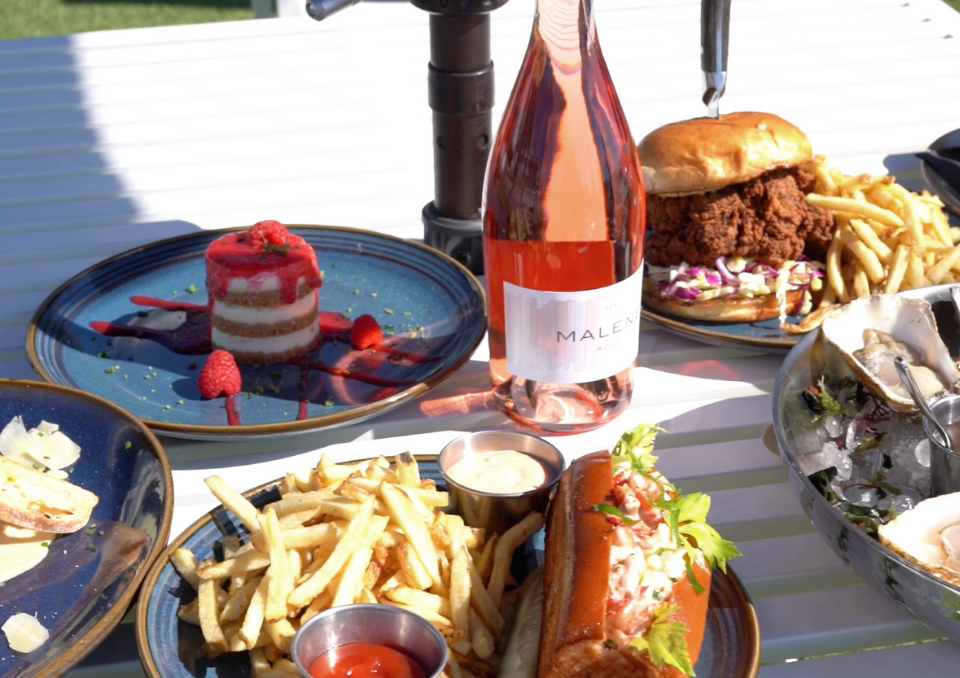
Like white and red wines, rosés can be sweet or dry — or somewhere in between — depending on how they’re made. Malene Rosé, and most of the fine rosés of Provence, are fruity yet dry, with no detectable residual sugar. They’re akin to a dry white wine, made for enjoying with a wide variety of foods.
For centuries rosé has been the wine of choice in Provence. It is said that rosé was once the favorite wine of French royals and aristocrats, and at cafés, restaurants and in people’s homes, a meal is not complete without a bottle of rosé to accompany it. Here in the U.S. the rosé culture is catching on as people discover the pleasures of this refreshing, flavorful and surprisingly complex wine.
To enjoy rosé to its fullest, serve it cold as you would a white wine, approximately 40 ̊ to 50 ̊ F. Be careful not to let it get too cold, however, as the wine’s fruit and flavor complexity will be masked.
